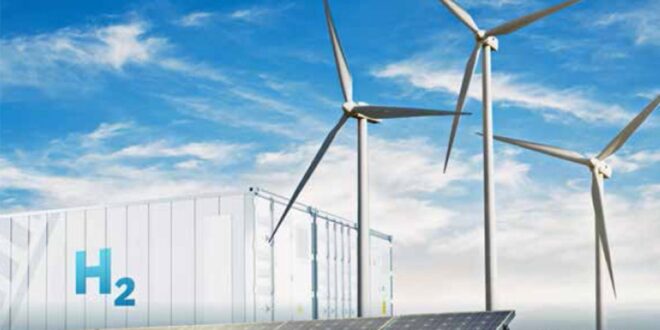Shell Plc has ditched plans to build a low-carbon hydrogen plant on Norway’s west coast due to a lack of demand, Reuters reported on Monday.
“We haven’t seen the market for blue hydrogen materialize and decided not to progress the project,” a Shell spokesperson has told Reuters.
Shell’s announcement comes hot on the heels of a similar move by oil and gas giant, Equinor ASA. Last week, the Norwegian state-owned multinational energy company announced that it will not move forward with plans to build a pipeline to carry hydrogen from Norway to Germany with partner RWE, citing a lack of customers as well as an inadequate regulatory framework. Equinor was to build hydrogen plants that would enable Norway to send up to 10 gigawatts per annum of blue hydrogen to Germany.
“We have decided to discontinue this early-phase project. The hydrogen pipeline hasn’t proved to be viable. That also implies that hydrogen production plans are also put aside,” an Equinor spokesman told Reuters.
Over the past decade, climate experts have touted the outsized role that hydrogen could play in helping the planet limit catastrophic global warming. Indeed, net-zero models have forecast that hydrogen could provide as much as 20% of the world’s primary energy by 2050, nearly as much as all renewables currently contribute to the United States’ energy mix. Not surprisingly, there’s no shortage of big hydrogen ambitions.
Unfortunately, the hydrogen sector is struggling mainly due to high costs. According to Bloomberg New Energy Finance (BNEF), just 12% of hydrogen plants have customers with offtake agreements. Even among projects that have signed offtake deals, most have vague, nonbinding arrangements that can be quietly discarded if the potential buyers back out.
Green hydrogen made by electrolyzing water using renewable energy costs nearly four times as much as gray hydrogen created from natural gas, or methane, using steam methane reformation but without capturing the greenhouse gasses emitted in the process. This makes it hard to build hydrogen infrastructure when the demand may not materialize for years.
“No sane project developer is going to start producing hydrogen without having a buyer for it, and no sane banker is going to lend money to a project developer without reasonable confidence that someone’s going to buy the hydrogen,” BNEF analyst Martin Tengler notes.

 Iran Energy News Oil, Gas, Petrochemical and Energy Field Specialized Channel
Iran Energy News Oil, Gas, Petrochemical and Energy Field Specialized Channel



